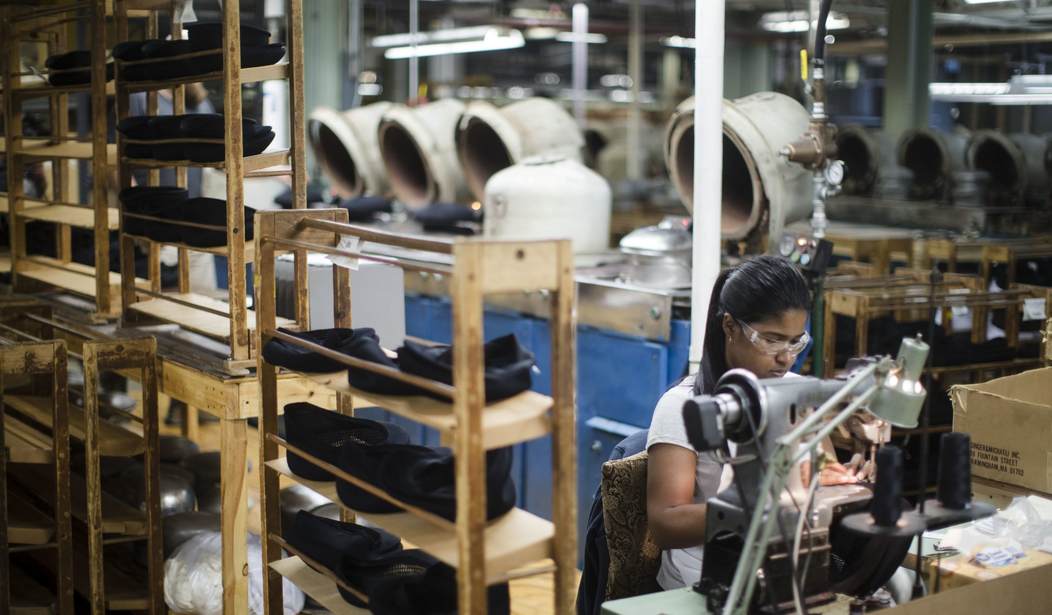Each year, different studies are released showing that about 40 to 50 percent of Americans are skipping vacation, either because they can’t afford it or because they don’t want to take the time away from work.
This past spring The Associated Press-NORC Center for Public Affairs Research released a survey showing that 43 percent of the country planned on skipping summer vacation, with the majority of respondents citing the cost of travel, 11 percent pointing to an inability to take time away and 3 percent saying they don’t like to leave their work behind.
Kimberly Merriman, a management professor at the University of Massachusetts Lowell’s Manning School of Business, studies corporate performance in the workplace and methods for sustaining high levels of productivity. Merriman, who said she often finds herself shying away from vacation, said that not only are Americans working too hard, but they’re also working hard in unproductive ways.
Living in the digital era means access to an ocean of information and communication. It also means employers are constantly connected to email and phone, and capable of carrying out tasks at any point in the day. More and more, Merriman said, work is seeping into everyday lives, especially for high-level performers, like management consultants and attorneys.
But while many individuals and organizations might think that this productivity is a good thing, Merriman said that many Americans are working so hard that it becomes counterproductive. In order to sustain high levels of productivity, she said, workers need downtime so that they can re-generate both physically and mentally. This downtime is particularly useful for professions that require creativity, she said.
“Workers and organizations get caught up in what I call hyper-motivation, so it’s motivation that’s beyond the productive level, where there’s very intense focus on the job or task or goal,” she said.
Reasons for continuous work vary. Many of these high-level professions work within so-called tournament-pay structures, where long hours are rewarded with highly coveted promotions. In other situations, Merriman said, early- to mid-career individuals will work hard to secure their positions, or earn their keep. This can mean employees working hard just for working hard’s sake, which she said is counterproductive.
Individuals fretting over job security also show high levels of motivation. And then there’s peer pressure from co-workers, or company cultures that encourage continuous work. It’s a badge of honor for some people to say they worked through vacation, or they skipped it entirely, she said.
“In general, we’re working too hard in the wrong way,” Merriman said.
Dan Schawbel, founder of Millennial Branding and WorkplaceTrends.com and lead researcher at Future Workplace, has also studied the issue. Future Workplace and Kronos Inc. recently surveyed more than 600 human resources representatives from U.S. companies, and they found that the American workforce is burning out.
According to these HR participants, burnout accounts for about 50 percent of annual workforce turnover. Among the top reasons for employees leaving were unfair compensation, unbalanced workload and uncompensated after-hours work. In the digital age, he said, it’s expected in many cases that employees stay connected to their work after business hours.
“There’s a lot of work creep going on, so there’s no more 9-to-5 workday anymore. Managers expect employees to respond to phone calls and emails outside of office hours, and really technology has made everyone a slave to the workplace,” he said in a recent interview.
Schawbel noted that burnout attrition costs companies about $20,000 for each employee, as the length of time to replace that individual might span several months.
“If companies can see this data, and it shows that it’s costing them more money to recruit more employees and solve higher attrition rates than it would be to have a more flexible and supportive work environment for employees, then they’ll make changes. It’s cost-benefit,” Schawbel said.









Join the conversation as a VIP Member